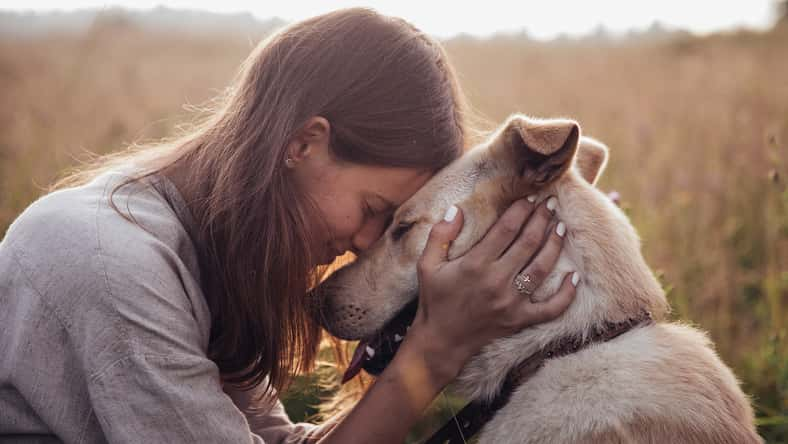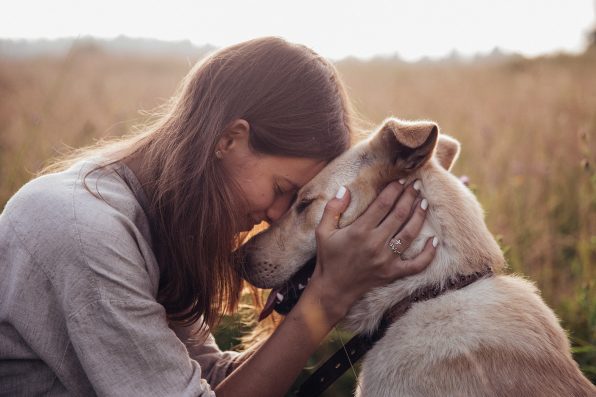The Connection Between Dogs And Humans Is An Ancient One, And This Is How Long Ago We Think Dogs Became Our Besties

Alongside the bones of an infant were the remains of a large dog in a grave in northern Italy. The 2,000-year-old double burial was found near the city of Verona, not far from the banks of the Adige, which is the second-longest river in Italy.
The grave was just one among a handful of other burials containing human-animal pairs discovered in an Iron Age necropolis during excavations at the Seminario Vescoville.
Researchers believe that the infant’s grave may be the latest evidence pointing to the ancient idea of dogs being loyal human companions.
Overall, more than 160 graves of men, women, and children were found at the site. Most of them were buried with pottery, jewelry, or a few coins.
A few of the graves included the remains of various animals, such as goats, pigs, or chickens. They most likely represented food offerings for the deceased.
Four of the graves contained the remains of horses and dogs, which was unusual because these animals were not eaten by the people living in the region during that time.
A genetic analysis of the four individuals showed that none of them were related to each other. In one of the graves, a woman was buried with the remains of five horses, livestock animals, and a dog’s skull.
The grave of a man included partial remains of a horse. Another man was laid to rest alongside the bones of a small dog.
Lastly, there was the grave of a female infant and a large dog, which was about the size of a golden retriever.

gartmanart – stock.adobe.com – illustrative purposes only, not the actual person or dog
The dog was 18-months-old. The causes of their deaths are unclear, but the infant was a newborn and was possibly dead at birth.
The reason that the dog was buried with the baby may have been because dogs were associated with deities of birth and childhood, so they would be sacrificed to the gods when a child was born.
The dog could also have been a beloved member of the infant’s family and was sacrificed to accompany the child as a companion in the afterworld.
An old injury and the diet of the animal could be interpreted as evidence that it was considered a best friend.
The researchers studied the isotopes in the bones of the dogs that were found in the graves. The dog buried with the adult man had a typical diet—it ate a little bit of everything.
However, the dog buried with the infant had eaten a diet that consisted mostly of carbohydrates and was low in animal proteins. The dog also had broken one of its front legs long ago, and it had healed poorly.
The injury indicates that the dog must’ve been used for hunting or protecting livestock. After it got hurt, it was unable to work and was kept as a pet instead, so it was fed the same food as the humans of the household.
Overall, the new findings seem to suggest that the special connection between dogs and humans is an ancient one, stretching back thousands of years ago.
Sign up for Chip Chick’s newsletter and get stories like this delivered to your inbox.
More About:Animals





